Unraveling the Agony of Converting JPGs to DST Files. Embroidery enthusiasts, both novices, and experts, often find themselves grappling with a common dilemma: the intricate process of converting JPG images into DST files. This seemingly simple task can quickly turn into a daunting challenge, leaving many frustrated and disheartened. In this comprehensive guide, we delve into the depths of embroidery file conversion woes, shedding light on the complexities and offering practical solutions to ease your stitching journey.
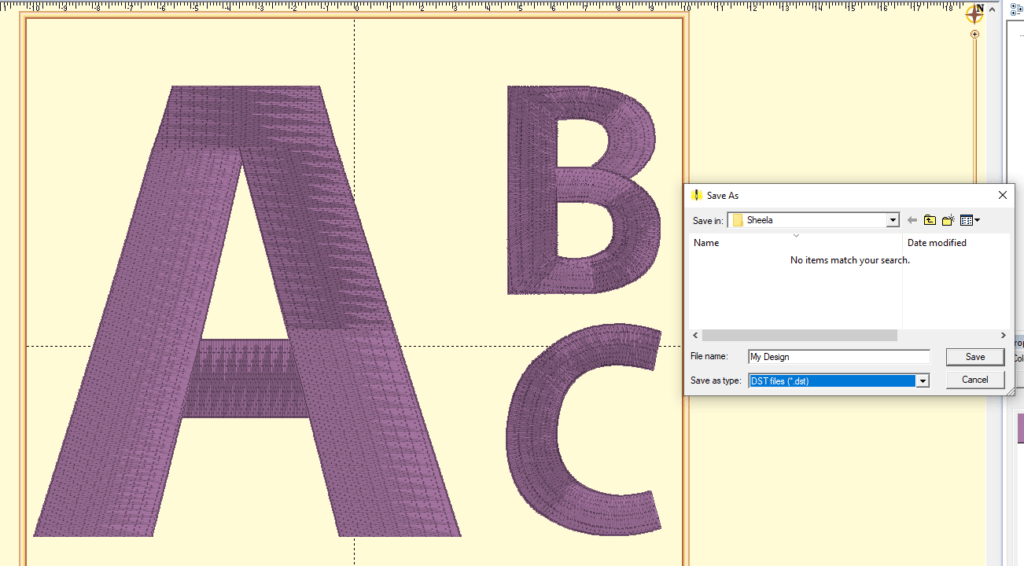
Embroidery magic: Converting cherished JPGs into DST files for timeless stitching.
Understanding Embroidery Files
Embroidery, a timeless art form, relies heavily on digital files to bring designs to life. However, the process of converting images from standard formats like JPG to DST, the native format for embroidery machines, can be a complex endeavor.
What Are Embroidery Files?
Embroidery files are digital instructions that embroidery machines use to create designs. They contain information on stitch types, colors, and patterns.
Types of Embroidery File Formats
Embroidery files come in various formats, such as DST, PES, EXP, and more. Each format has its specifications and compatibility with different machines.
DST File Format
DST, short for “Data Stitch Tajima,” is the standard format recognized by most commercial embroidery machines. It contains instructions for the machine on how to stitch the design, including stitch types, colors, and sequencing. DST files ensure uniformity and accuracy across different machines, making them the preferred choice for professional embroiderers.
Exploring the Realm of EXP Files
EXP files, synonymous with Melco machines, embody innovation and adaptability. Designed to accommodate complex designs and intricate patterns, EXP files provide a platform for limitless creativity. Their compatibility with a wide range of embroidery software and machines makes them indispensable tools for embroidery enthusiasts seeking to push the boundaries of traditional craftsmanship.
Step-by-Step Conversion Guide
Converting JPGs to DST files can be accomplished through a step-by-step process:
Selecting the Right Software
Choose an embroidery software that supports DST file conversion.
Preparing the Image
Clean up the JPG image, adjusting colors and removing unnecessary elements.
Converting the Image
Use the software’s conversion tools to transform the JPG into a DST file.
Fine-Tuning the Design
Review the converted design, making any necessary adjustments to ensure quality and accuracy.
Tips for Successful Embroidery File Conversion
Embarking on the journey of image conversion requires careful consideration and attention to detail. Here are some tips to streamline the process and achieve optimal results:
Understanding Embroidery File Formats
Before diving into conversion, familiarize yourself with the different file formats involved and their compatibility with embroidery software.
Optimizing Image Quality
Ensure that your original image is of high quality to prevent loss of detail during conversion.
Selecting the Right Embroidery file conversion software
Choose a conversion program that meets your specific needs and offers comprehensive features for seamless conversion.
Testing and Troubleshooting
Before finalizing your design, conduct tests to identify any potential issues and make necessary adjustments.
Seeking Assistance
Don’t hesitate to reach out to online communities and forums for guidance and support from fellow embroidery enthusiasts.
The Agony of Converting JPGs to DST Files
Embroiderers face a myriad of challenges when attempting to convert JPG images into DST files. What should be a straightforward process often spirals into a frustrating ordeal, testing the patience and skills of even the most seasoned stitchers.
Loss of Quality
One of the most significant hurdles in embroidery file conversion is the loss of quality inherent in the JPG format. As an inherently raster-based format, JPGs lack the scalability and precision required for embroidery. When enlarged or zoomed in, JPG images become pixelated, losing clarity and definition. Converting such images to DST files exacerbates this issue, resulting in a final embroidery that falls short of expectations.
Converting JPGs to DST files can lead to a significant loss of image quality, resulting in pixelation and distortion in the final embroidery.
Embroidery file conversion Compatibility Issues
Another source of frustration in embroidery file conversion is compatibility issues between software and machines. Many embroidery software programs lack robust support for JPG files, leading to errors and inconsistencies during the conversion process. Additionally, not all embroidery machines are capable of reading or interpreting DST files accurately, further complicating matters for embroiderers.
Compatibility issues between software and machines can hinder the smooth conversion of JPGs to DST files, causing errors and inconsistencies in the final embroidery.
Simplifying the Conversion Process
Despite the challenges posed by embroidery file conversion, there are tools and techniques available to ease the burden on embroiderers. By leveraging the right software and strategies, converting JPGs to DST files can become a seamless and stress-free endeavor.
Ink/Stitch
Ink/Stitch is a popular open-source embroidery digitizing software that simplifies the process of converting images to embroidery files. With its intuitive interface and powerful features, Ink/Stitch allows users to import JPG images and convert them into DST files with minimal effort. Its comprehensive toolset enables precise editing and customization, ensuring optimal results for every embroidery project.
Embroidery File Online Converters
For those seeking a quick and hassle-free solution, online converters offer a convenient way to convert JPGs to DST files. These web-based tools require no installation and can be accessed from any device with an internet connection. Simply upload your JPG image, select the desired embroidery format, and let the converter do the rest. While online converters may lack the advanced features of dedicated software, they provide a straightforward solution for basic embroidery file conversion tasks.
Vector-Based Software
For advanced users looking for maximum control over their embroidery designs, vector-based software offers unparalleled flexibility and precision. Programs like Adobe Illustrator and CorelDRAW allow users to create vector graphics from scratch or trace existing images with accuracy. By working with vector graphics, embroiderers can avoid the quality loss associated with raster images and achieve superior results when converting to DST files.
The Path to Seamless Embroidery
Navigating through the labyrinth of embroidery file conversion woes leads us to a destination of seamless creativity.
Selecting the Right Embroidery Machine
Choosing the perfect embroidery machine is paramount to the success of your projects. Consider factors such as stitch quality, hoop size versatility, and compatibility with DST file formats to unleash your creative potential.
Leveraging Expert Guides
Embarking on your embroidery journey can be daunting, but fear not. Expert guides and tutorials offer invaluable insights, equipping you with the knowledge to conquer any conversion challenge.
FAQs About Embroidery File Conversion
How do I convert JPGs to DST files?
Converting JPGs to DST files can be done using specialized software like Ink/Stitch or by outsourcing embroidery digitizing services.
Are online converters reliable for converting embroidery files?
While some online converters may offer convenience, they may not always deliver the desired quality. It’s essential to research and choose reputable converters for best results.
What software can I use for embroidery file conversion?
Popular software options include Ink/Stitch, Wilcom, and Embird, each offering various features for converting and editing embroidery files.
Can I convert embroidery files manually?
Yes, but manual conversion requires expertise in embroidery digitizing and may not be feasible for beginners or complex designs.
How do I ensure compatibility with my embroidery machine?
Consult your embroidery machine’s manual or manufacturer’s guidelines to determine compatible file formats. Additionally, consider using software with extensive machine compatibility.
What factors affect the quality of converted embroidery files?
Quality depends on factors like image resolution, color depth, and the expertise of the conversion method used.
What should I consider when choosing an embroidery digitizing service?
Look for services with a proven track record, positive reviews, and transparent pricing. It’s also essential to communicate your specific needs and expectations clearly.
How can I improve my embroidery file conversion skills?
Practice, experimentation, and seeking guidance from experienced embroiderers or online tutorials can help improve your conversion skills over time.
Is embroidery file conversion a one-time process?
No, ongoing practice and learning are essential for mastering embroidery file conversion, as technology and techniques continue to evolve.
Can I request custom embroidery designs from digitizing services?
Yes, many digitizing services offer custom design creation based on your specifications and preferences.
What should I do if I encounter issues during the conversion process?
If you encounter challenges or errors during conversion, don’t hesitate to reach out to customer support or online communities for assistance and troubleshooting.
How can I ensure the best results when converting complex designs?
For complex designs, consider consulting with experienced digitizers or opting for professional digitizing services to ensure optimal results.
Conclusion: Together, We Can Overcome
Embroidery file conversion woes may seem insurmountable at times, but remember – you’re not alone in this journey. By arming yourself with the right tools, taking the time to tweak and experiment, and seeking support from the embroidery community, you can conquer any obstacle that stands in your way.
So, what are you waiting for? Dive headfirst into the world of embroidery file conversion and unleash your creativity like never before. And hey, if you ever find yourself struggling along the way, don’t hesitate to reach out. Together, we can turn those embroidery woes into triumphs.
Now, I’d love to hear from you! What are some of your biggest embroidery file conversion challenges, and how have you overcome them? Drop a comment below and let’s keep the conversation going. Happy stitching!

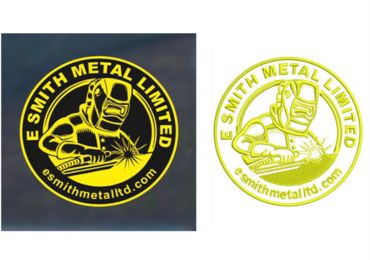
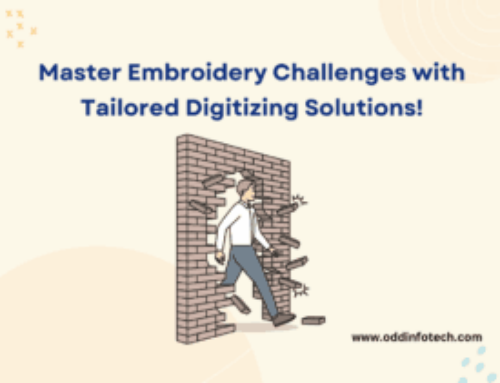
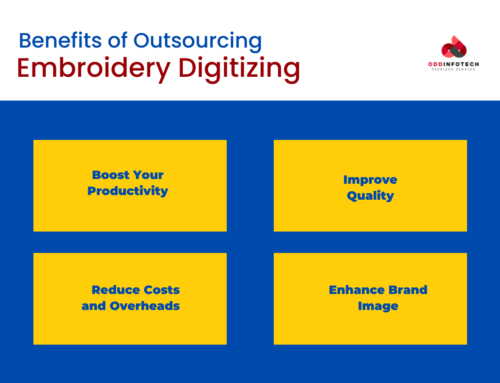
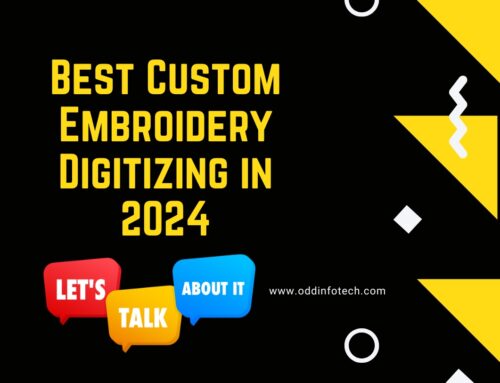
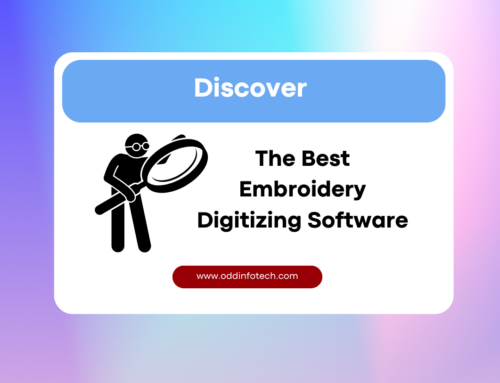
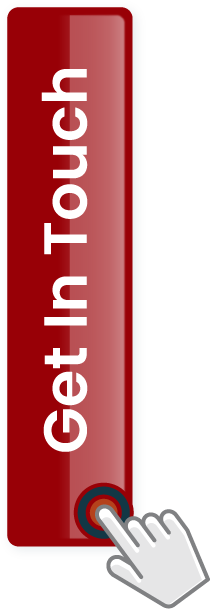
Leave A Comment